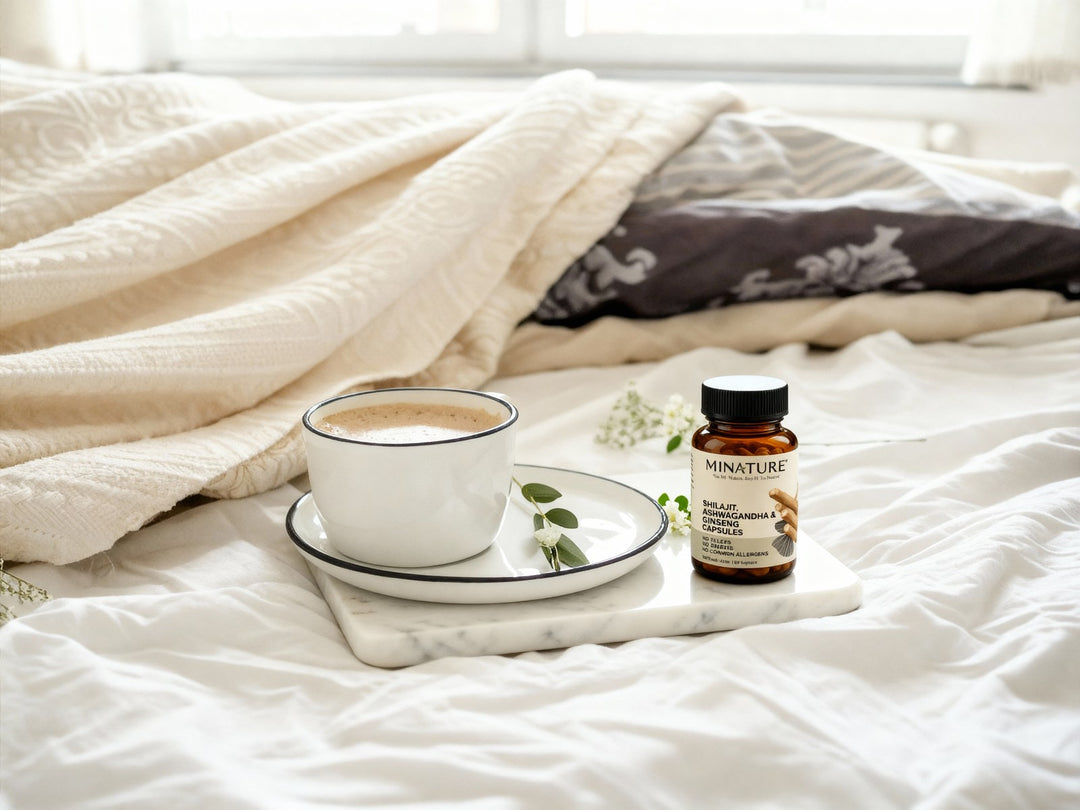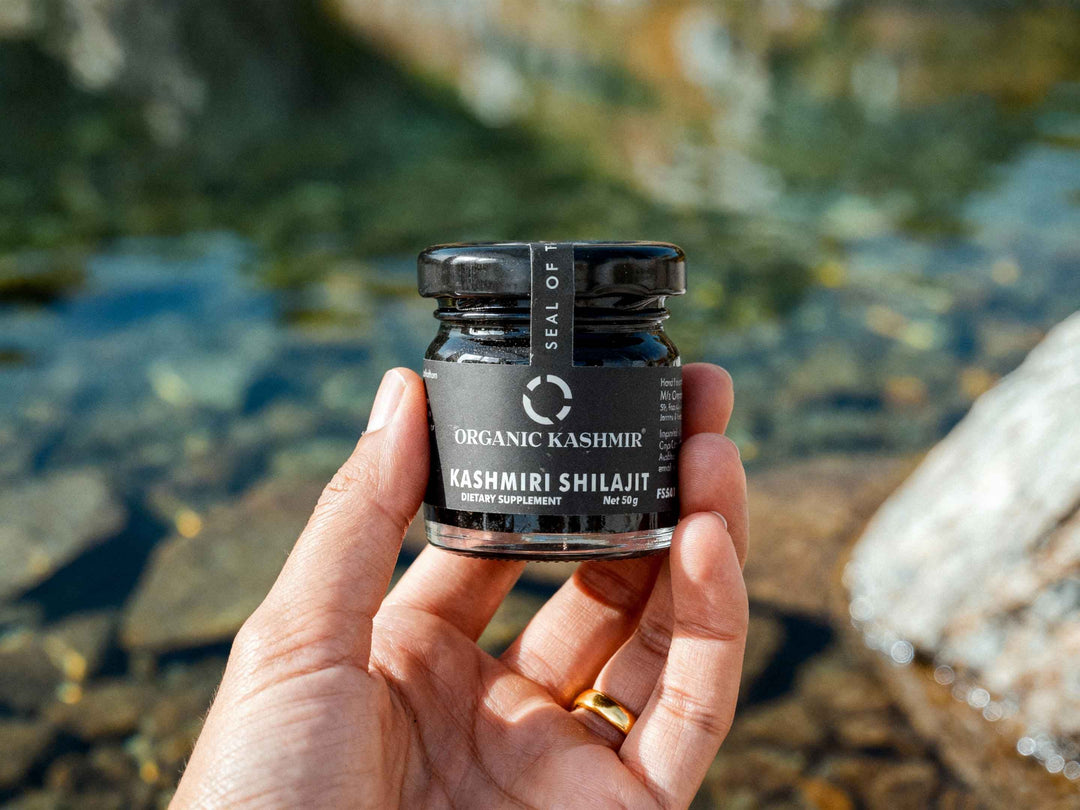The Ayurveda Blog
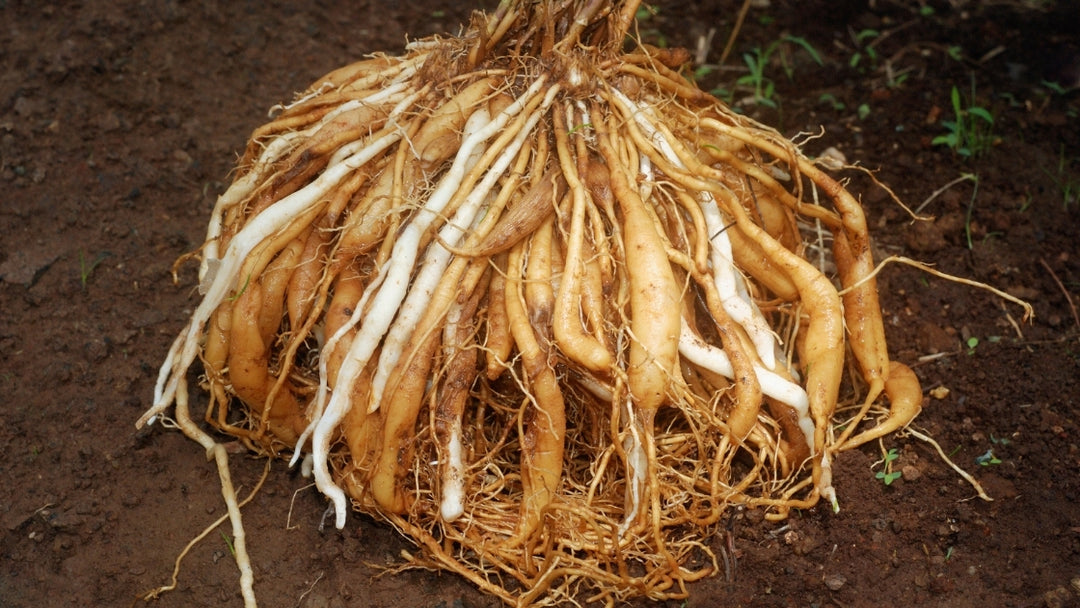
The plant also contains Vitamin A, Vitamin B1 and B2, Vitamin C, Vitamin E, Magnesium, Phosphorus, Calcium, Iron and Folic Acid. The herb is highly effective in treating disorders related to the female reproductive system.
Continue reading

The root, stem, leaves, flowers, bark and even the entire plant has its therapeutic usage for centuries due to which Ashwagandha stands as the ‘King of Ayurvedic herbs’.
Continue reading
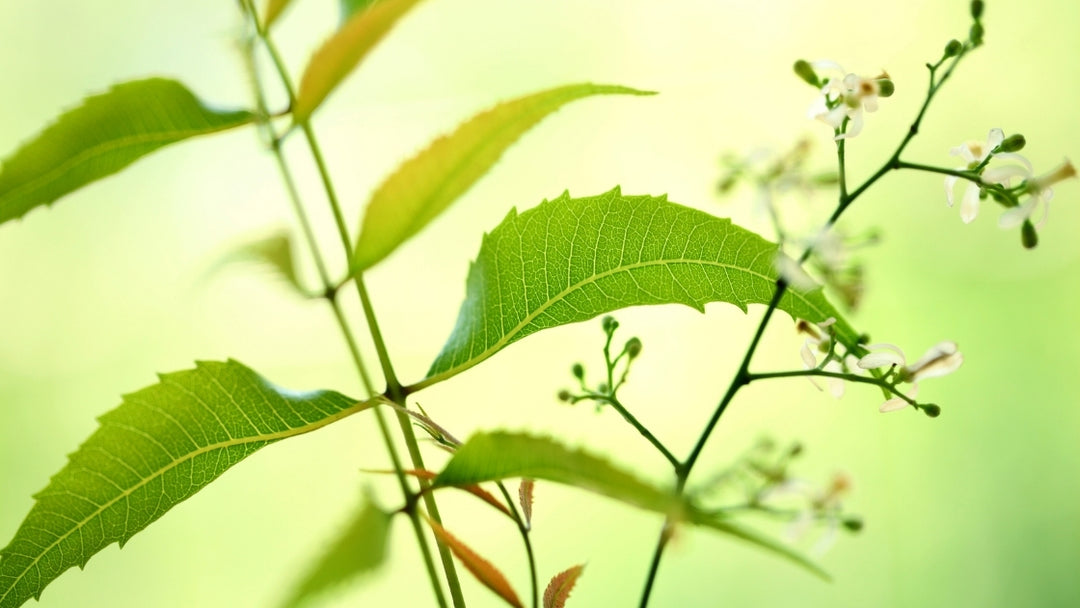
Studies have shown the bark, leaves, fruits and seeds contain high anti-bacterial properties. Neem is an age-old holistic approach to fight infections. The active immunomodulatory component works as an antioxidant to fight any damaging foreign invaders in the system.
Continue reading
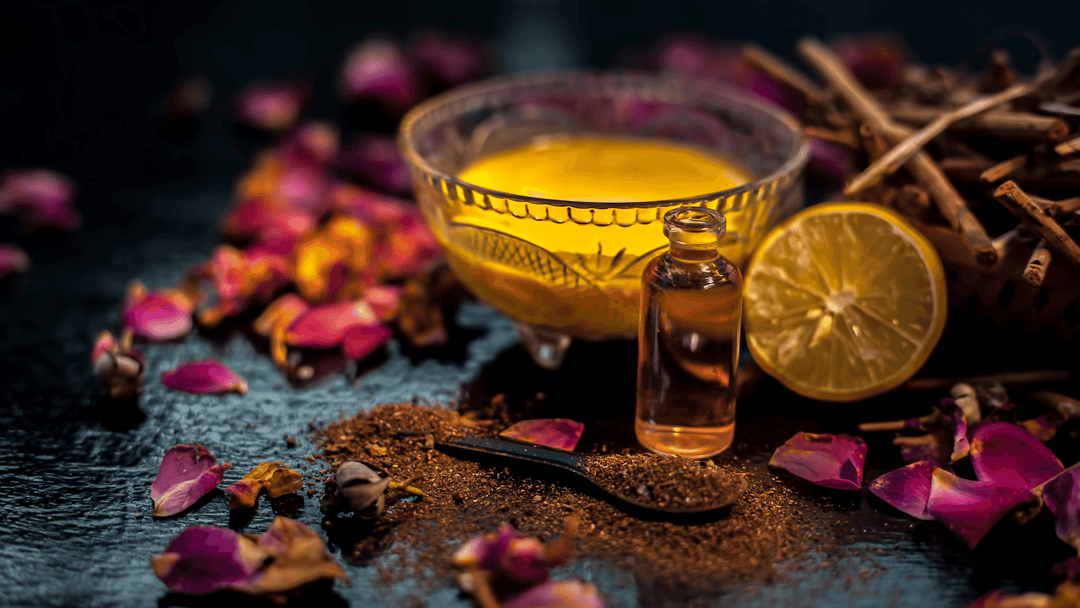
According to Ayurvedic scripture, this herb improves voice quality and complexion of the skin. It works as an antidote for kapha imbalance and vaginal disorders. In addition to that, it can also be used in treating eyes and ears disorders. It is useful as remedy of blood disorders, diabetes, herpes, wounds, bleeding stools and skin diseases.
Continue reading

The saponins and sapogenins are primarily responsible to heal the wounds and for increasing the production of collagen at the wound site.
Continue reading







